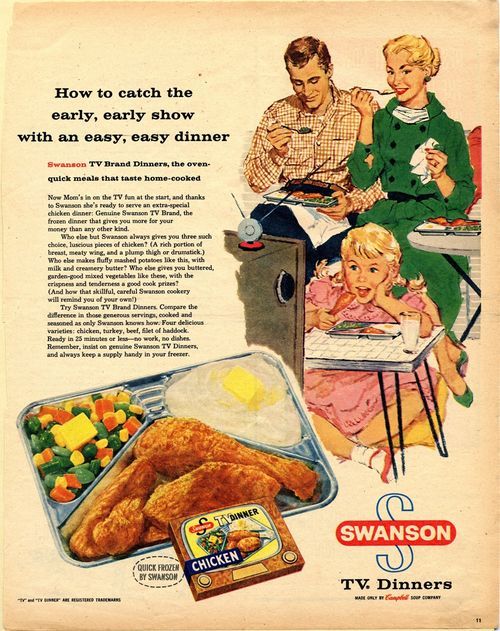 Listen
Listen
How To Use Storytelling Frameworks To Create More Persuasive Content
“Storytelling” in marketing is thrown around so much these days that most marketers brush it off as a buzzword. But when harnessed strategically, the storytelling process can point you on a clear path towards leads and ROI. Mmmmm ROI…
And that’s just what today’s Listen is going to show you. Kyle Gray is an entrepreneur, best-selling author, and super savvy content marketer. Via the Actionable Marketing Podcast, he’s sharing the scalable storytelling process he’s created that helps startups reach $1M revenue.
Kyle breaks down two fundamental frameworks that content marketers can use to be persuasive and maximize helpfulness—making their target audience know, like, and trust them.
- (02:00) How Kyle helps entrepreneurs create a powerful storyline for their business that drives sales, growth, and engagement.
- (02:25) The 3 steps of Kyle’s Scalable Storytelling Process: 1) Discover; 2) Define; 3) Delegate
- (04:00) The Story Engine
- (06:00) How he transformed the process of working with writers from back-and-forth writing and rewriting to a scalable, machine-driven process
- (07:20) His favorite framework, which combines “The Hero’s Journey” storytelling formula with “The Buyer’s Journey”
- (08:00) The similarities between The Hero’s Journey and The Buyer’s Journey that allows you to tell a clean story when you combine the two
- (16:30) The 3 stages of identifying and understanding customers: 1) Know; 2) Like; 3) Trust
- (17:35) Why would shouldn’t focus only on your customers’ demographics, but also on their mindset
- (21:20) The idea that you’re not merely presenting a solution to your customer’s problem, but helping them believe that you can actually accomplish it
- (21:35) Why you need to be creating content for each stage of the buyer’s journey and how to do it:
- Know Stage: Use short content, social media posts, inspirational videos, and quick tips to grab their attention and generate awareness
- Like Stage: Use big, epic posts and detailed guides to educate and empower customers
- Trust Stage: Use Webinars and success stories that focus on the customer as the hero
- (23:40) How storytelling can feel like a buzzword and ways to make sure it’s more tactical, with a clear path to real business value
- (24:15) What kind of ROI has Kyle seen from his storytelling process
- (27:10) Advice on where and how to start with your scalable storytelling process
 Read
Read
Inside Growth at Wistia: The Process Behind Our A/B Tests
A/B testing is one of those things that every marketer loves to talk about, but few of us actually do it correctly. Aside from the easy A/B tests, like testing your Facebook ads, we wanna know, are you using A/B testing?
If you answered, “Nope!” was it just because you don’t know where to start? You might have questions like, “How do I balance my priorities, choose between ideas, implement a winner, and know when to cut my losses?” After all, A/B testing isn’t as simple as thinking about it and then doing it.
Our pals over at Wistia suspected that many marketers just don’t know where to start. That’s why they put together a guide on how you can correctly run A/B tests.
Here’s what they had to say…
Start with these 3 must-have documents:
- The Master Ideas log. This is the master log that helps you keep track of every experiment and testing opportunity you’ll ever run.
- The A/B Test roadmap. This doc is basically a schedule of all the specifics of each A/B test. It’ll help you organize timelines, who you need help from, how long to run each experiment, etc. etc.
- An Experiment Test document. The experiment doc should include your hypothesis, what you hope to achieve, the design of the test, and what you’ll learn, whether it’s a win or a loss.
So how do you decide what to A/B test? Pretty easy actually. Find your problems. Look over your website and identify things you have a chance to improve. Maybe it’s a poorly converting landing page, or a page that has a high bounce rate.
From there, Wistia recommends that you survey your website visitors to ask why they’re taking a specific action. Their answers will help you figure out what to spend time testing.
Once you’ve identified the specific problems, then it’s time to start brainstorming how to fix it.
And if you want advice on that part, you’re gonna have to read this blog post because we are outta time and outta words.
 Watch
Watch
Coulda Fooled Me
We were pretty bummed when we realized April 1st was on a Sunday this year. We were really looking forward to the idea of creating a ridiculous Carnage for April Fool’s Day. But alas, we missed out on the fun.
Doesn’t mean we didn’t appreciate the wacky gags other brands got to play on the public, though! Lucky for us, we found a great round-up of some this year’s best “pranks,” from fake fries to chocolate mayonnaise and Whoppers to a bullsh*t detector (still upset that one doesn’t exist tbh).
Did your fav April Fool’s joke make the list?
“If you can’t make a mistake, you can’t make anything.”
Marva Collins


